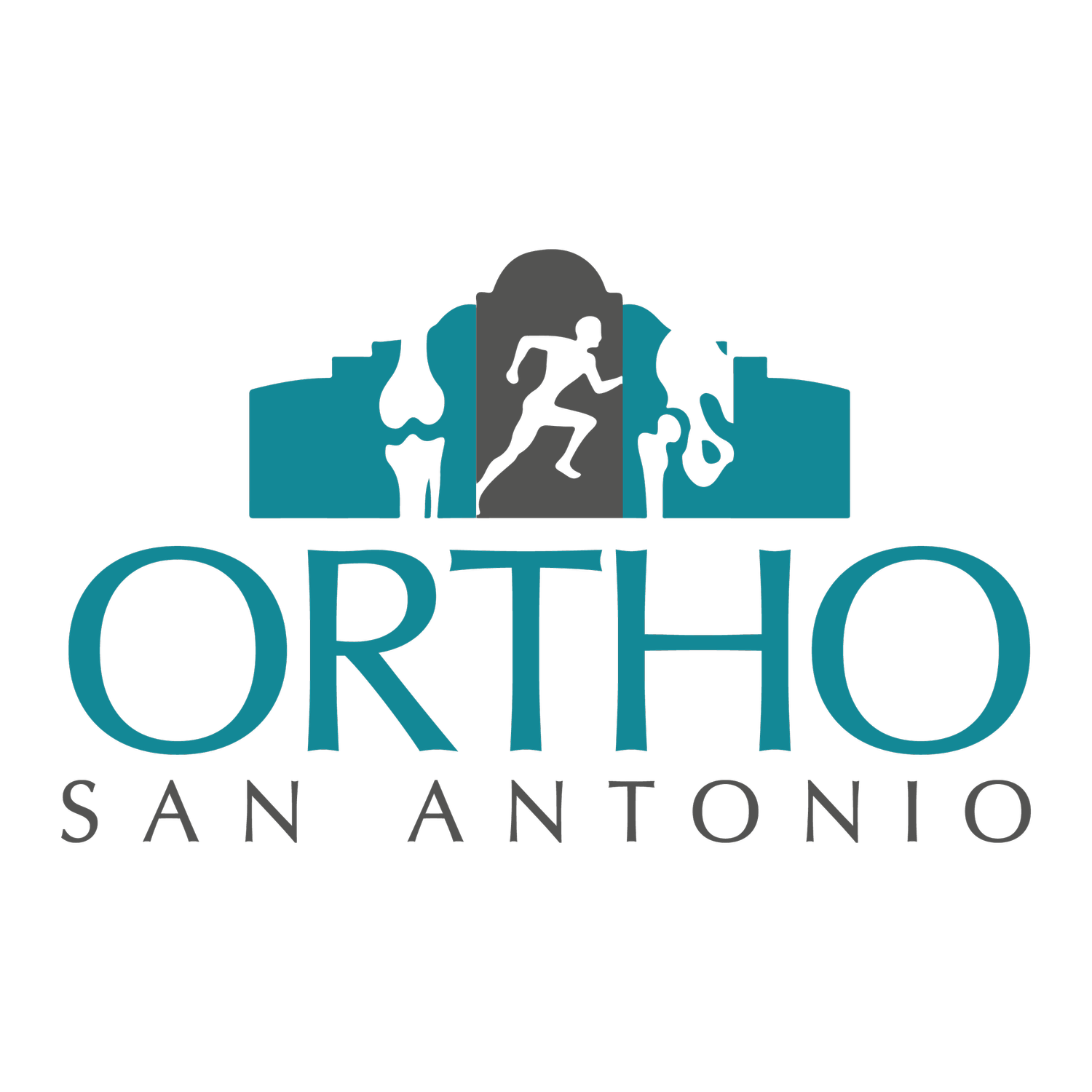
Scoliosis Experts in San Antonio
What is Scoliosis?
Scoliosis is a medical condition where the spine curves abnormally to the side, creating an "S" or "C" shape instead of maintaining a straight line. While the spine naturally has curves when viewed from the side, scoliosis causes a sideways curvature that can occur in the upper or lower regions of the back—or both. This condition typically develops during childhood or adolescence, often without a clear cause, but it can also result from underlying conditions such as cerebral palsy, muscular dystrophy, or spinal injuries.
For many people, scoliosis causes few or no symptoms, especially in its mild form. However, in more severe cases, it can lead to discomfort or pain, and in some instances, it may affect posture or breathing. Early detection and monitoring are key to managing scoliosis and preventing further complications.
What Causes Scoliosis?
-
Idiopathic Scoliosis
This is the most common form of scoliosis, accounting for about 80% of cases. "Idiopathic" means the cause is unknown. It typically develops during childhood or adolescence, often during a growth spurt. The exact cause remains unclear, but genetics may play a role in its development, as scoliosis tends to run in families.
-
Congenital Scoliosis
Congenital scoliosis occurs when the spine does not develop properly in the womb, resulting in abnormalities that lead to curvatures. This type of scoliosis is present at birth and is relatively rare. The severity can vary, and in some cases, it may require surgical intervention to prevent further deformity.
-
Neuromuscular Scoliosis
This form of scoliosis is associated with neurological or muscular conditions, such as cerebral palsy, muscular dystrophy, or spina bifida. In these cases, the abnormal curvature develops as a result of the muscles or nerves being unable to support the spine properly, leading to its misalignment.
Common Symptoms of Scoliosis
The symptoms of scoliosis can vary widely, depending on factors such as the severity of the curvature and the specific location of the spine affected. However, the most common signs that individuals with scoliosis may experience include:
Visible Spine Curvature – An obvious sideways curve in the spine, often seen as an "S" or "C" shape.
Uneven Shoulders or Hips – One shoulder or hip may appear higher than the other.
Leaning to One Side – A noticeable lean when standing or walking.
Back Pain – Mild to moderate discomfort, particularly in adults or those with severe curves.
Muscle Fatigue – Back muscles may tire more easily due to compensating for the misalignment.
Breathing Issues – Severe curves can reduce lung capacity, causing difficulty breathing deeply.
Postural Changes – A rounded back or tilt while standing.
In severe cases, scoliosis can cause leg pain or numbness from nerve compression.
How is scoliosis diagnosed?
Diagnosing scoliosis involves a combination of a physical exam, medical history review, and imaging tests. During the physical examination, your doctor will look for visible signs of a spinal curve, such as uneven shoulders, a noticeable tilt in the waist, or one hip appearing higher than the other. You may also be asked to perform specific movements, like bending forward, to make the curvature more apparent.
To confirm the diagnosis and understand the curve's severity, doctors often use the following tools:
X-rays: The primary diagnostic tool for scoliosis, X-rays provide a clear image of the spine, allowing doctors to measure the angle and location of the curve.
MRI or CT Scans: These advanced imaging tests may be recommended in complex cases to evaluate the spine and surrounding tissues in greater detail.
Scoliometer: A simple, handheld device used during the forward-bend test to measure the degree of trunk rotation.
Early detection is crucial, particularly for children and adolescents experiencing growth spurts, as timely intervention can prevent the condition from worsening.
Treatment Options for Scoliosis
Observation
For mild scoliosis, particularly in growing children or adolescents, doctors may recommend regular monitoring to track the curve’s progression, especially if it’s less than 25-30 degrees and not causing symptoms.
Bracing
Bracing is often used for moderate scoliosis in growing children or adolescents (curves between 25 and 40 degrees). While it doesn’t straighten the spine, it helps prevent further curvature until growth is complete.
Physical Therapy
Physical therapy can improve posture, strengthen muscles, and relieve pain. Specific exercises may help manage symptoms and maintain mobility.
Medications
Over-the-counter pain relievers like ibuprofen can manage mild to moderate pain. Stronger medications may be prescribed for more severe discomfort.
Surgery
Surgery, often spinal fusion, may be necessary for severe curves (over 45-50 degrees) or if the curvature worsens. Metal rods, screws, or other devices may be used to stabilize the spine.
Alternative Treatments
Some people explore alternative therapies like chiropractic care or yoga to manage symptoms. These treatments are typically used alongside other medical approaches.
FAQ:
What is scoliosis?
Our Locations
-

Alamo Heights
Address: 423 Treeline Park, Suite 350, San Antonio, TX 78209
-

Westover Hills
Address: 11212 State Highway 151, Medical Plaza 1, 2nd Floor, Suite 200, San Antonio, TX 78251
-

Medical Center
ADDRESS: 2833 Babcock Rd, Tower 2, Suite 435, San Antonio, TX 78229
-

Boerne
ADDRESS: 138 Old San Antonio Rd, Suite 302, Boerne, TX 78006
-

Southside
8726 Poteet Jourdanton Fwy Acc Rd, San Antonio, TX 78224
-

Castroville
Address: 346 County Road 4712, Castroville, TX 78009
-

Schertz
Address: 6051 FM 3009, Suite 260, Schertz, TX 78154
Meet Our Orthopedic Spine Surgeons
Kevin Richardson, DO
Orthopedic Spine Surgeon
Anton JOrgensen, MD
Orthopedic Spine Surgeon





